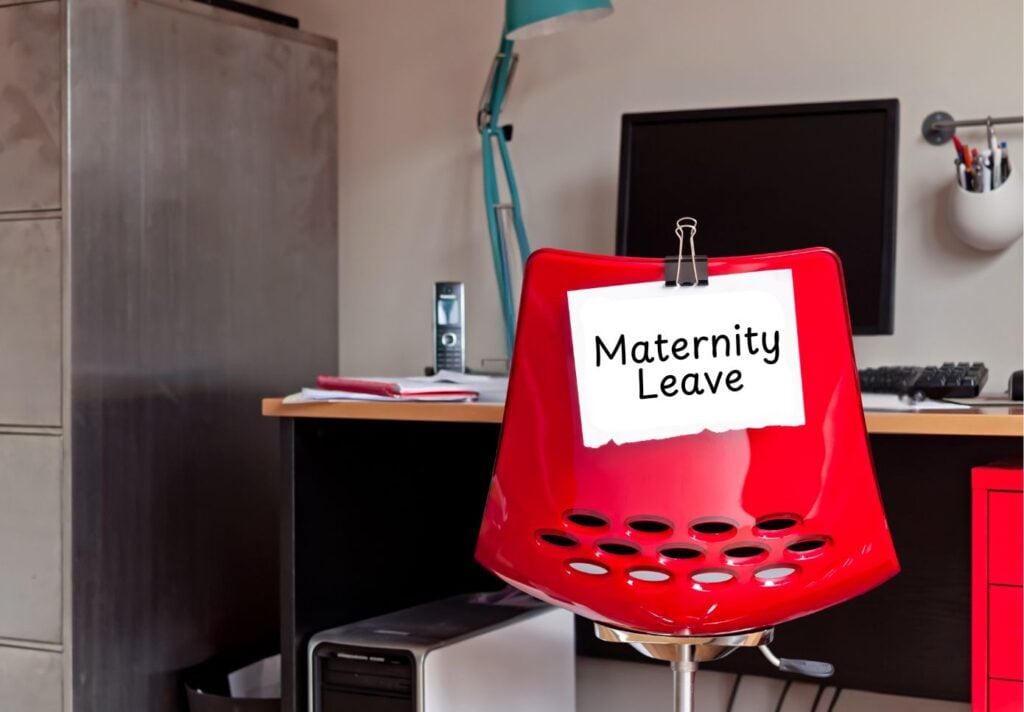
Answers to Frequently Asked Questions About Maternity Leave in Ontario
Maternity leave is a legally protected entitlement for employees in Ontario whose workplace is governed by the Employment Standards Act, 2000 (ESA). It is essential for employers to fully understand these rights and obligations. Below we provide answers to frequently asked questions about maternity leave in Ontario.
What is maternity leave?
Maternity leave is job-protected time off work for pregnant employees.
Is maternity leave the same thing as pregnancy leave?
Yes. Both terms refer to the same thing (this FAQ uses maternity leave).
Who is eligible for maternity leave?
All employees whose workplace is governed by the ESA are entitled to maternity leave, regardless of whether they are full-time, part-time, permanent or fixed-term.
To qualify for maternity leave in Ontario, an employee must have started their employment at least 13 weeks before the baby’s expected due date. However, this does not mean that the employee must have been actively working during those 13 weeks.
Does a pregnant employee have to take maternity leave?
No. An employee cannot be forced to take maternity leave unless their pregnancy prevents them from performing essential job functions.
When does maternity leave start?
Typically, the earliest maternity leave can start is 17 weeks prior to the due date. However, an employee may start maternity leave earlier if their baby is born earlier than expected.
Do employers have a say in when an employee can take maternity leave?
No. An employer may not decide when an employee will begin their maternity leave, regardless of whether the pregnancy limits the type of work they can perform.
Can an employee be terminated for taking maternity leave, or giving notice of taking maternity leave?
No. In Ontario, it is illegal to terminate an employee because they are on maternity leave, or because they have given notice of taking maternity leave.
Is maternity leave paid or unpaid?
Maternity leave is unpaid. However, at their discretion, employers may choose to provide a salary top-up during the leave.
An employee may be entitled to apply for benefits through the federal EI system, which if approved could cover up to 55% of their earnings while they are on leave. Note that the EI amount does not change if an employee has multiple births (e.g. twins or triplets).
What obligations do employers have regarding employees who take maternity leave?
Per the ESA, employers in Ontario are required to:
- Reinstate the employee on return to the same position, or offer an equivalent role.
- Factor in the leave period when calculating the length of the employment and seniority.
- Allow the employee to continue participating in benefits such as health benefits, insurance, and pension. The employer must not cease making employer-side contributions unless the employee has communicated in writing that they do not want to continue making employee-side contributions.
Can maternity leave be shared between parents?
Maternity benefits cannot be shared, and are only for employees who are pregnant or have recently given birth.
Is maternity leave the same thing as parental leave?
No. Under federal legislation, a new parent also has the right to take job-protected, unpaid time off work once a child is born, or first comes into their care. Parental leave applies to:
- Birth parents
- Adoptive parents
- A person in a relationship with a parent of a child who intends to treat the child as their own.
Employees who take maternity leave may take up to 61 weeks of parental leave. Employees who do not take maternity leave, and all other new parents, may take up to 63 weeks of parental leave.
Parental leave must begin no later than 78 weeks after the date a child is born or first came into the care of adoptive parents. The employee must have worked in the organization for a minimum of 13 weeks prior to either the due date or the day their leave starts.
How long is maternity leave?
All pregnant employees are entitled to up to 17 weeks of maternity leave. Employees may take a shorter leave if they wish. However, maternity leave must be taken all at once. Employees cannot go back and forth between leave and work (full-time or part-time).
In cases where an employee is still pregnant after 17 weeks, they may extend their leave period until the birth date.
What happens if a pregnancy ends in miscarriage during the 17-week leave period?
In this tragic scenario, an employee may continue taking the rest of their maternity leave until the 17-week duration is over.
Does an employee have to provide notice before taking maternity leave?
Generally, yes. An employee should give written notice two weeks before starting their maternity leave. However, if this is not possible due to unforeseen circumstances, then the employee is expected to
inform the employer as soon as possible.
Can employers request a certificate confirming the pregnancy and expected due date?
Yes. Employers are allowed to request a certificate from a medical practitioner stating the baby’s due date.
Can an employee change the scheduled end date of their maternity leave?
Yes. An employee may change the scheduled start date of their maternity leave to an earlier date, or a later date. The employee must send a new written notice at least four weeks before the new return date (for an earlier date) or scheduled end date (for a later date). The employer must provide consent if a proposed re-scheduled end date would result in a longer leave than the employee is entitled to under the ESA.
Additional Information & Advice
Maternity leave is complex, and it is critically important for employers to make appropriate, timely decisions based on the existing legislation and prevailing best practices. Even with no ill intentions, employers who make mistakes or rely on outdated information can face complaints, litigation, and costs. They can also severely and perhaps irreparably damage the relationship with affected employees, as well as negatively impact morale throughout the organization and harm their organization’s reputation in the labour market.
If the maternity leave information you need is not provided above, or if you want detailed guidance based on your specific scenario, contact PIVOTAL today. We provide on-site and off-site outsourced HR management services to clients throughout Ontario and across Canada. Our CHRP and CHRL-designated HR experts provide accurate answers and strategic advice for all HR matters, including maternity leave rules and obligations.
To learn more, contact PIVOTAL today at 855-378-7987, or complete the brief form here.


 Our HR solutions experts can recommend the right mix of HR outsourced services to make your entry into Canada easier.
Our HR solutions experts can recommend the right mix of HR outsourced services to make your entry into Canada easier.  Pivotal Employment Management Services co-hires your workforce, simplifying entry of your business in Canada.
Pivotal Employment Management Services co-hires your workforce, simplifying entry of your business in Canada. 















